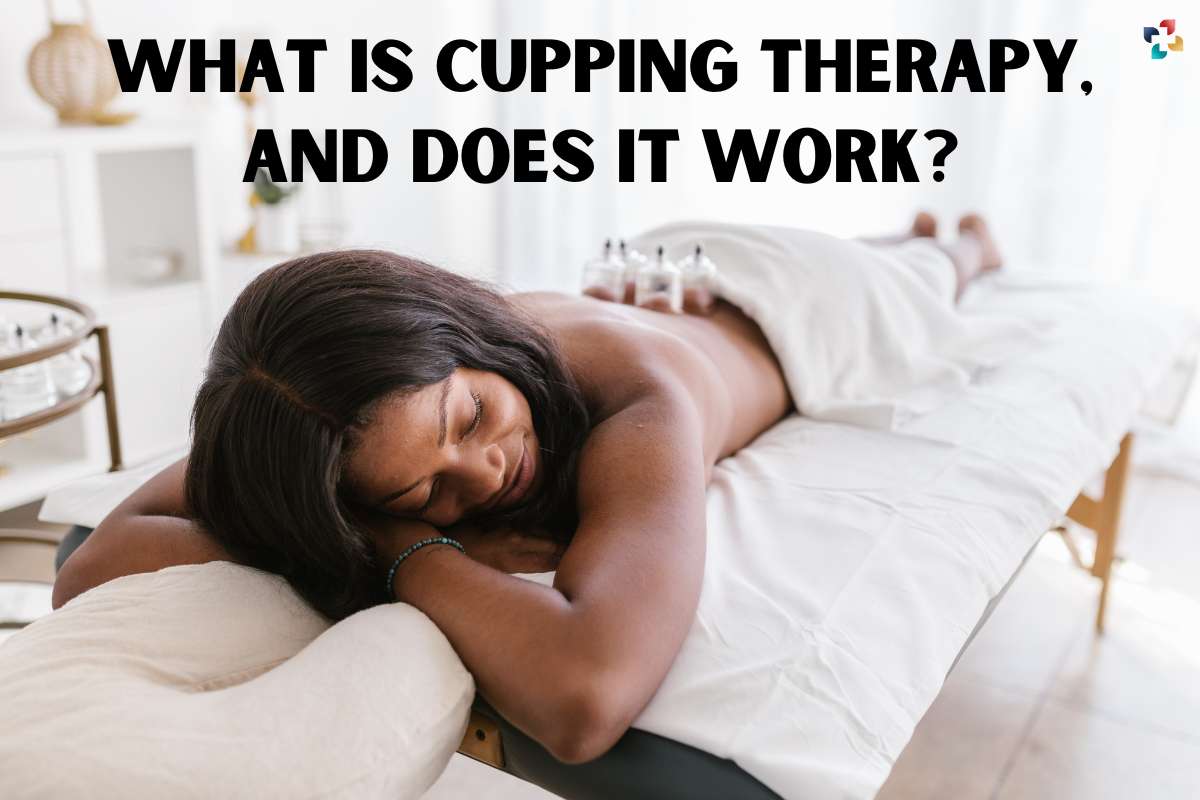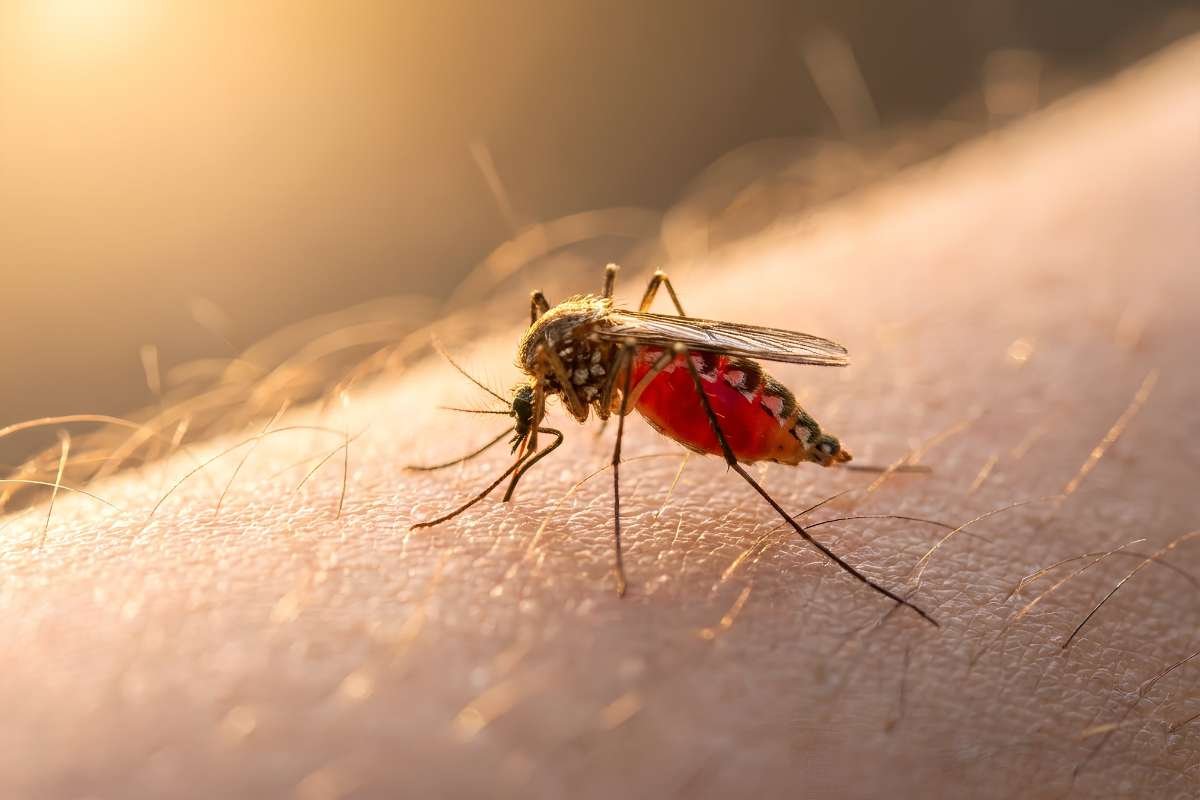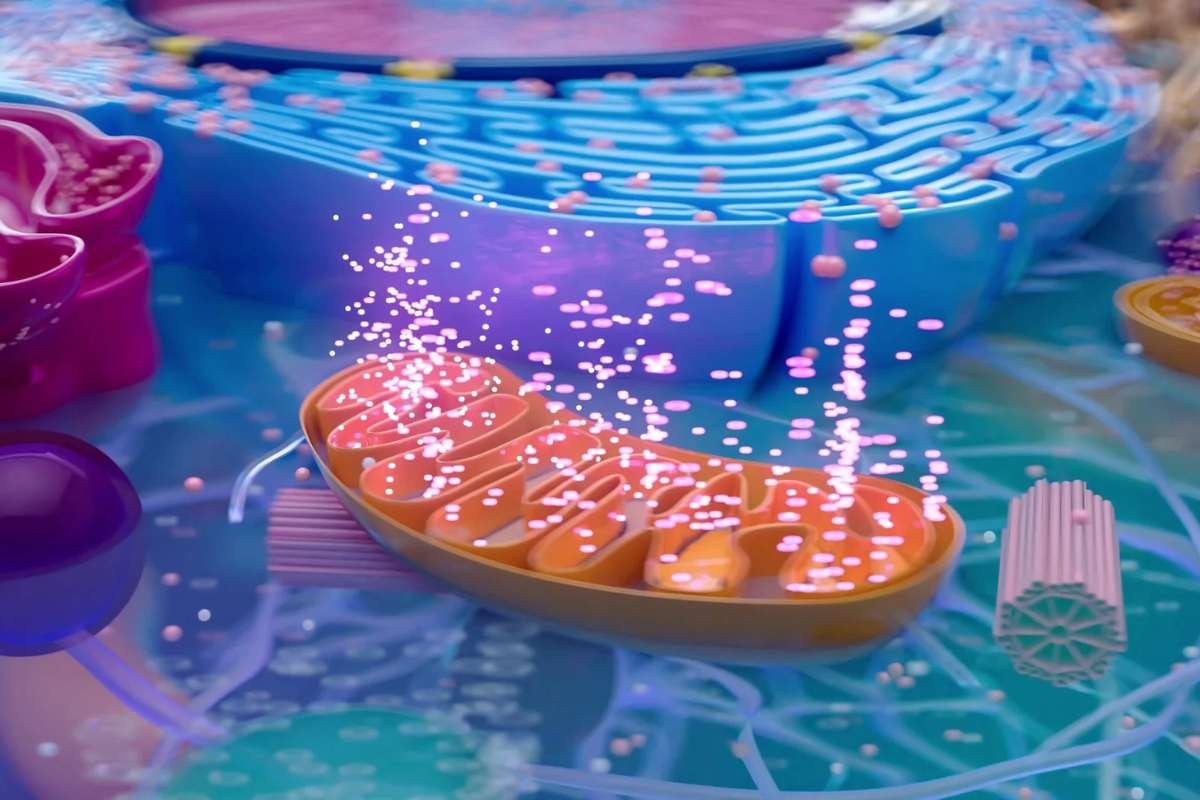Cupping therapy is an age-old remedy to relax back pain, headache, neck stiffness, and much more. It uses the suction technique to enhance blood circulation in the affected area. The suctioning is done with glass, plastic, or silicone cups. It boosts immunity functioning, removes toxins, and reduces pain to relax the muscles.
Cupping therapy is a thing followed by celebrities and sportspersons. They need to take good care of their bodies in order to keep fit. Cupping therapy is a good-to-go option for them to get some relaxation and get refreshed. Cupping therapy is the home to many ancient healing systems belonging to regions like Tibet, China, Korea, and Unani.
How does cupping therapy work?
The therapy mainly involves placing cups on the skin to create a suction action to improve blood flow. The suction creates negative pressure surrounding that allows for myofascial decompression as the skin is immersed a bit into the cups. Due to the negative pressure in the cupping therapy blood is drawn to the muscle fibers which releases tension in the area.
Types of cupping therapy:
1. Wet and dry:
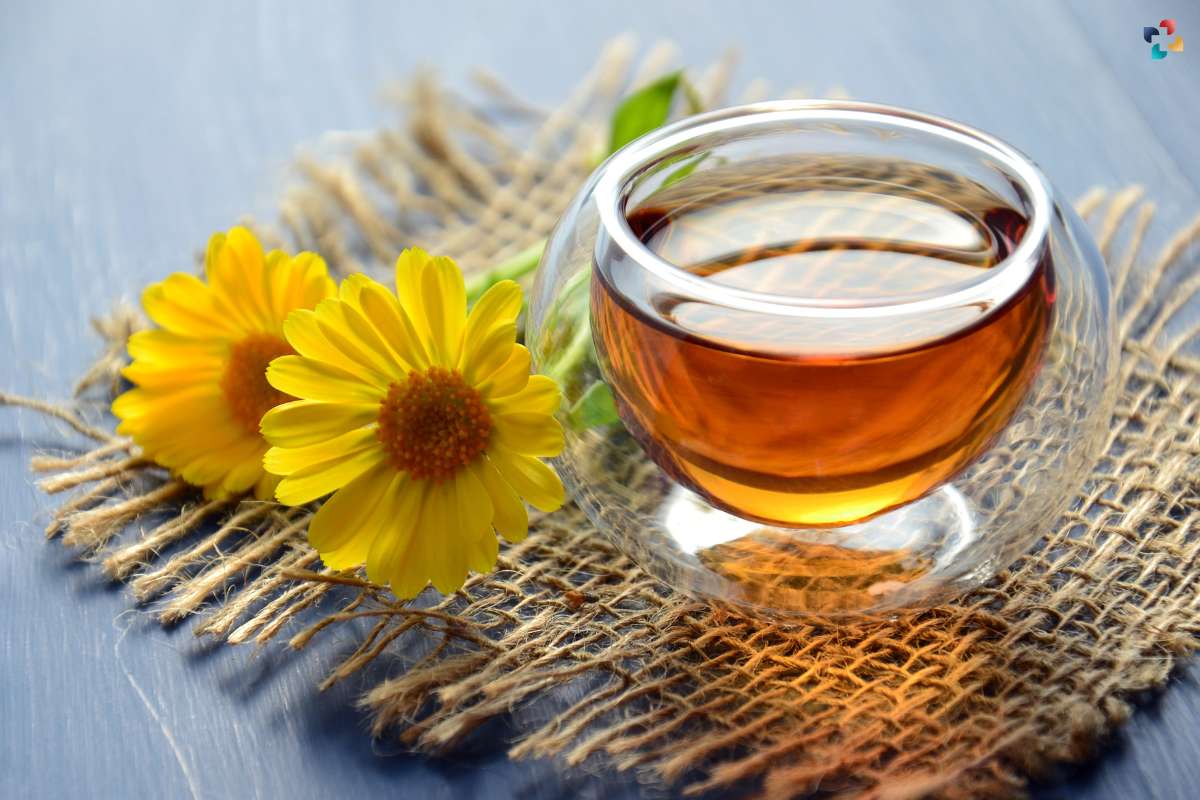
Dry cupping uses a pull-up technique to take the skin tissues inside the cup. A tissue called the subcutaneous, which is the last skin layer, is held up for some time. The time is anywhere between 5 to 15 minutes. In wet cupping therapy, after the mild suction is done, the practitioner uses a small scalpel to make a small cut for blood to ooze out. The blood in that area is allowed to release a bit to enhance new blood circulation.
2. Hot cupping therapy:
This cupping therapy will add the benefit of skin warming. In this, a heat source like a cotton ball is used and for a few seconds lit on fire and then placed within a glass cup. It creates negative air pressure within the cup which pulls up the skin from its surface.
In such cupping therapies, the skin is pulled up, the relaxing effect is caused, and the results it will show depend on the skill of the practitioner. So it is advised to visit a certified and experienced practitioner.
Cupping therapy may also include the use of:
- Needles used in acupuncture
- Laser therapy
- Water
- Some herbs
- Electrical stimulation
All these can be a part of the therapy for achieving better results.
What to expect during a cupping therapy session?
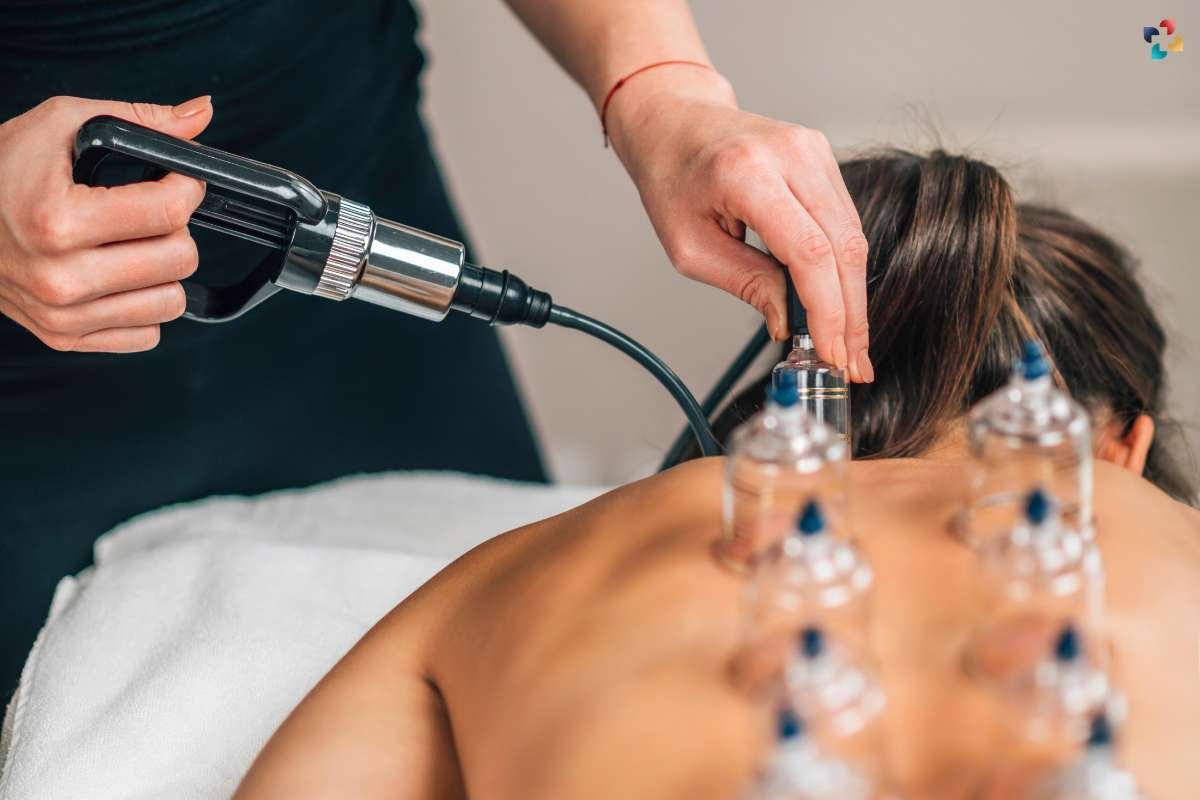
- The practitioner will ask you about the body ache areas in order to treat you well. If this is your visit, he/she may ask you more questions to be sure of your health history.
- As the cups are on the skin, you will feel pressure and a skin pulling-up sensation.
- The person may use heat to enhance the suctioning process.
- After the session, the ski may turn red and yellow with bruises which isn’t a pleasant sight to look at. That’s normal.
Where are the cups placed exactly?
The cups will be placed on the back, chest, abdomen, legs, and hips.
What complaints will be resolved?
Here are some complaints of the patient that are resolved:
- Headache or migraine
- Knee pain
- Facial paralysis
- Lower back and upper back pain
- Spondylosis
- Arthritis
- Asthma.
Does the cupping technique really work?
There have been some studies that prove the authenticity of the cupping technique. It says that complaints like body ache is relieved due to the pulling-up action and the enhanced blood flow. But, some suggest the research results as poor or low quality and say more extensive research on the subject is to be done. It cannot be declared that the cupping technique gives 100% results.

For the majority of the people who’ve undergone the therapy sessions have a positive point of view about the same. But, does it give long-lasting effects is a question still not answered. Hence, it cannot be totally concluded that this type of therapy is a pain reliever.
Some negative effects of cupping:
- It leaves scars and burns and enhances eczema or psoriasis.
- It can cause lasting skin infections and skin discoloration.
- In some rare cases, people have complained of bleeding inside the skull and anemia due to excessive blood loss after cupping on the scalp and repetitive wet cupping respectively.
- As the equipment comes in contact with the blood of people, it should not be used without sterilizing them. Risks of blood-borne diseases like hepatitis B or C pertain. Blood samples remain on the equipment if not properly sterilized and can cause such diseases which are life-threatening.
How long is the session?
When dry cupping, the cup is kept on the body for 5 to 10 minutes maximum.
When running cupping, oil is applied before the suction starts. The cups are slowly moved to give a massage-like effect. Depending on the service type, it can last anywhere between 10 minutes to an hour.
For how long are the cupping marks on the body?
The cupping marks or the discoloration caused, will go in less than 7 days. If it persists, visit a skin specialist in order to check. Nothing will happen usually, but exceptional cases can’t be second guessed.
Conclusion:
This is an ancient technique followed globally. Different regions of the world have their own beliefs when it comes to cupping therapy. When opting for the session, visit a certified practitioner who has experience in doing the same. Ensure the sterilisation of the cups before the session starts. It’s an important thing to consider. Other than that, nothing will go wrong as such. As said before in this article, there are mixed reactions of people about the usefulness of this. It is useful and will relieve pain that is for sure.
Read More: 10 Benefits of Pet Therapy for Mental Health

